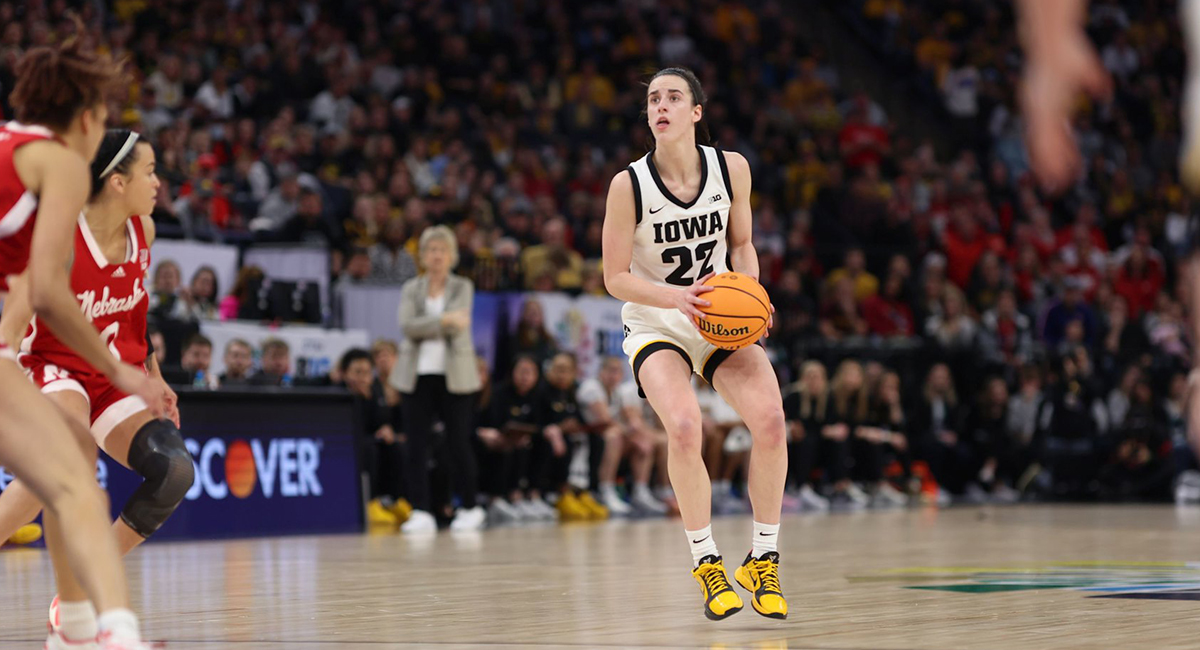Caitlin Clark is one of the greatest players in the history of women’s college basketball and a queen of the Name/Image/License (NIL) era in collegiate athletics. She has proven herself to be a bankable star to the tune of millions of dollars, and the newest face of the WNBA’s Indiana Fever. Because of her contract with the Fever, she is also now one of the Current Things that has people abuzz in the press and outraged on social media. Why, people wonder, will Caitlin Clark be paid less than $100,000 per year while NBA players take home many millions for doing something that is practically identical, mechanically speaking?
The answer is pretty simple: a lot of people are willing to pay a lot of money to watch the NBA. The WNBA, meanwhile, has a much smaller audience of fans who aren’t as willing to open their wallets for tickets, merchandise, and streaming subscriptions that carry NBA games. Money talks. The masses’ money screams “yes” to the NBA and whispers “well, ok” to the WNBA. Male athletes earn much more than female athletes not because of physiological differences per se, differences in the number of games teams play, or because shooting, kicking, or hitting a ball is “a man’s job.” They earn more because they serve a much larger market. The same forces explain why an economics professor makes less than that school’s football coach.
That’s not to say things might not change. I looked a few months ago and was intrigued to see that tickets to see Iowa women’s basketball were going for well over $100 each while tickets to see Iowa men’s basketball were going for a lot less. Maybe Caitlin Clark will do for the WNBA what Messi did for Major League Soccer and sell out every game everywhere she goes. Ice Cube has offered Clark $5 million to play in his 3-on-3 men’s professional league on a schedule that wouldn’t conflict with her WNBA commitments.
Don’t get me wrong: women’s sports are a great time. In 2023 I went to women’s hockey games at the University of Minnesota and the University of Toronto and had a blast. The fact remains, though, that the most-watched games in women’s NCAA tournament history would be among the least-watched Final Four games in men’s NCAA tournament history. There simply isn’t enough demand for seats at, merchandise related to, and streaming of women’s sports to support WNBA players at NBA salaries.
But what happens when demand rises and there is NBA-like demand for the WNBA? Then they will be paid NBA-like salaries. I’m reminded of something Paul Krugman wrote in response to the claim that free trade with low-wage foreign countries will drive down American standards of living: if Bangladesh suddenly adopted the institutions that would allow Bangladeshis to acquire American-level capital and accumulate American-level skills, then Bangladeshis will earn American-level incomes.
Female athletes don’t earn less than male athletes because of a sinister conspiracy to keep them down. They earn less because there just isn’t as much demand for what they have to offer. If you still think this is unfair and want to take action, though, it’s easy: you can get Indiana Fever tickets here, and here’s the WNBA season schedule. I very well may plan a future visit to a WNBA city to coincide with when Caitlin Clark and the Fever are in town. Or maybe not: it looks like Caitlin Clark’s Indiana Fever will be a pretty hot ticket.









